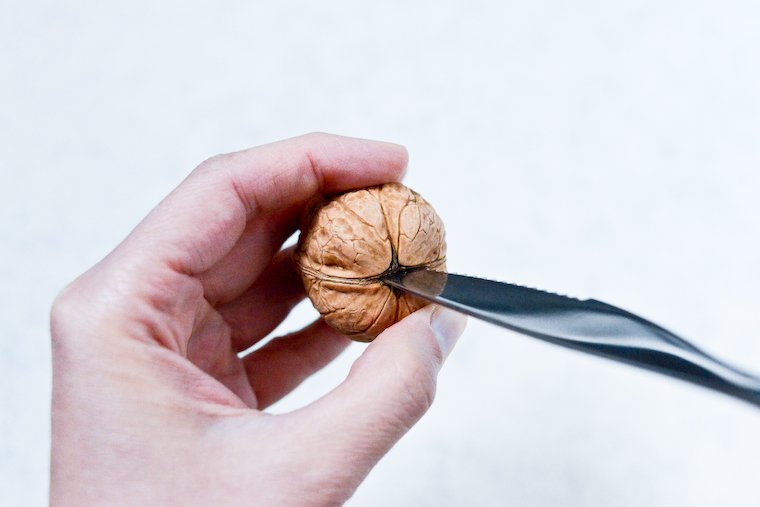I am going to be traveling these next few weeks, doing some simple cooking in a couple of rented kitchens, and I’ve had enough hair-pulling experiences with crappy, dull knives and flimsy plastic spatulas to be stashing a few key utensils in my luggage this time.
Because I am also traveling with a toddler and a baby who need their own minimalist traveling kit — including such essentials as toy diggers, special blankets, and stuffed monkeys — I really need to make my kit as trim as possible, and have elected to bring along:
~ My paring knife, freshly sharpened: rented kitchens are notoriously lacking in this regard, and since half of cooking is cutting, trimming, slicing, dicing, chopping, and paring, this qualifies as an absolute must-bring. I will be following this tip on how to wrap knives for traveling.
~ My vegetable peeler because, again, anything that’s supposed to be sharp is going to be dull in a rented house, and a dull vegetable peeler is worse than no vegetable peeler at all. Also, a good vegetable peeler allows you to cut vegetables into tagliatelle and papardelle to make all kinds of pretty summer salads such as this zucchini noodle salad.
~ A pair of locking tongs because it’s rare (especially in France) to find it in a home cook’s utensil drawer, yet I rely on it heavily for handling ingredients, for stovetop cooking, and for grilling. As a bonus, it doubles up as a toy for the toddler, who uses it to catch imaginary fish.
~ My Earlywood scraper made of bloodwood, sturdy and smooth with a thin and sharp edge, and a fantastic multipurpose tool that can be used for stirring, cutting, lifting, and scraping. I have written about Brad Bernhart’s handcrafted utensils before, and they’ve become cherished items in my kitchen that get used every single day (including his latest creation, the adorable coffee scoop, which I use daily to serve my paleo granola).










